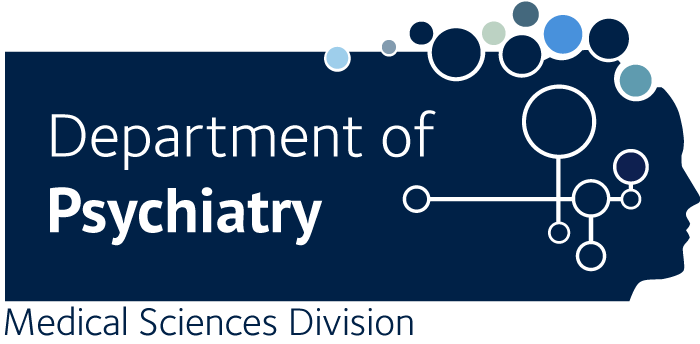Neurochemical models of psychosis risk and onset
Oliver D., Modinos G., McGuire P.
Although clinical intervention at the clinical high risk stage has the potential to prevent the onset of psychosis, there are still no licensed pharmacological treatments for this purpose. The development of preventative treatments is informed by models of psychosis onset, especially those that reflect the time course and symptomatology of the disorder. This chapter describes four different preclinical models of psychosis onset, involving a neonatal hippocampal lesion, prenatal immune activation, and administration of PCP (phencyclidine) or methylazoxymethanol acetate (MAM), respectively. While all these models are useful, the neonatal hippocampal model lacks construct validity, the evidence linking prenatal immune activation with psychosis is limited, and the chronic PCP model does not have a neurodevelopmental component. The MAM model reproduces a neurodevelopmental trajectory of neural and behavioral changes that resemble those evident in human studies of psychosis onset. Collectively, these models have advanced knowledge of the mechanisms underlying the onset of psychotic disorders and have provided a rationale for novel preventative interventions.

